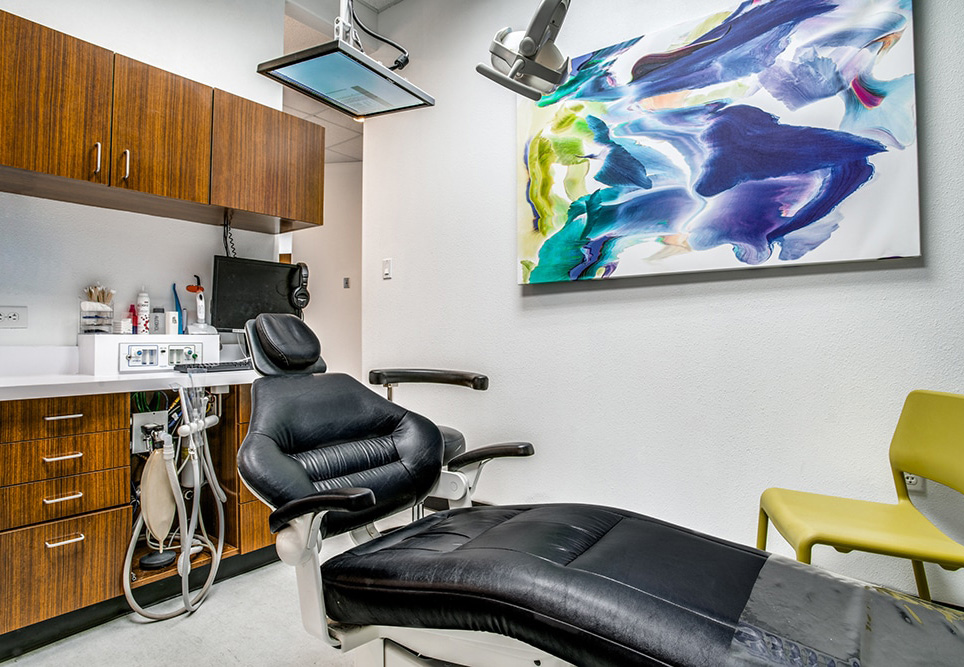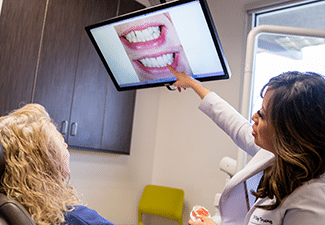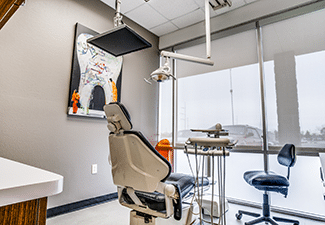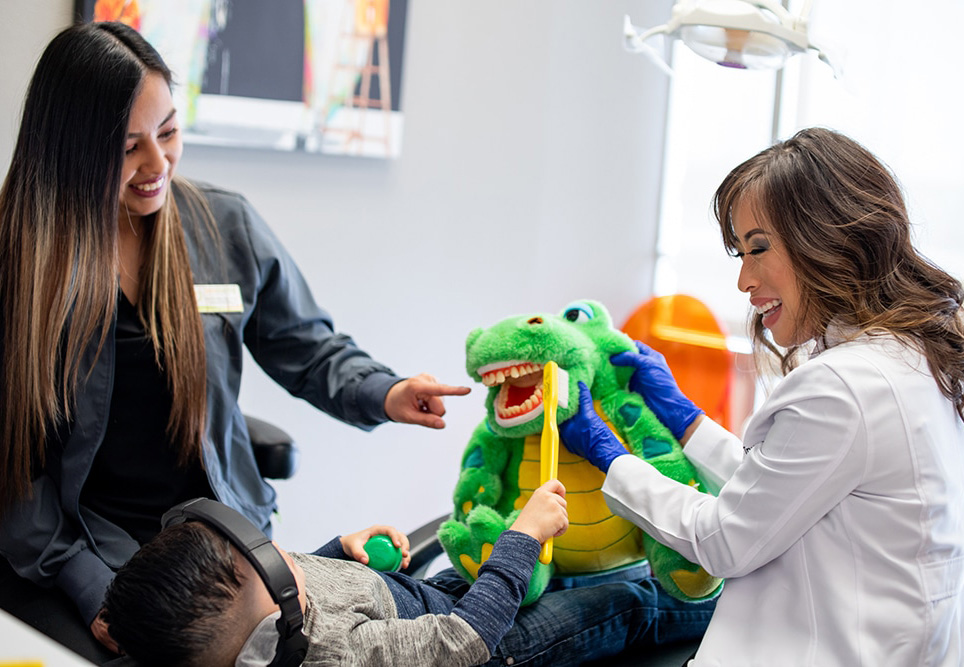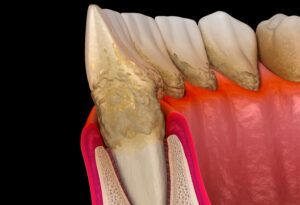
Without proper care at home and visits for checkups and cleanings, your smile could become at risk for gum disease. Periodontal disease is widespread, and impacts half of smiles in people over the age of 30. But without care to manage the side, you could risk losing your teeth! In today’s blog, your Richardson, TX, family dentist talks about what you need to know about preventing or treating gum disease, and keeping your smile healthy and full!
The Causes of the Disease
The trouble starts when your gums become inflamed. This could be due to poor oral hygiene habits, with weakened plaque buildup to develop and irritate and inflame the gingival tissues. Improper brushing and flossing and infrequent visits for cleanings are major factors. Other causes include the use of certain medications, family history of periodontal troubles, and inflammatory illnesses. Without treatment to reverse gingivitis, the gums could begin to pull away from the teeth and for pockets. When bacteria enter these pockets, this leads to the onset of the disease.
Common Warning Signs and Complications
In the early stages, you could experience sore, red gums that bleed easily. As the disease grows more severe, swelling or recession could occur. While gingivitis can be reversed, periodontal disease cannot, which means care is necessary to manage the disease and keep it in check. Otherwise, you could develop an advanced stage known as periodontitis, a stage linked to loose or even missing teeth, as the tissues that connect the teeth and gingival tissues are destroyed. To avoid worsening discomfort and tooth loss, you need to let us know when you notice changes to your smile. Better yet, be sure you attend regular checkup and cleaning visits every six months, so we can keep an eye on your smile for early warning signs, and also remove all harmful plaque and tartar buildup.
Diagnosis and Deep Cleaning
We have an on-staff periodontist named Dr. Shalev who will help with managing the disease and administering treatment, starting with a free consultation. First, we will use advanced digital imaging systems to diagnose to cause and extent of the disease, so we can create a personalized treatment plan. For gingivitis, we could use a scaling and root planing, also known as deep cleaning, to reverse it. This also helps begin to manage the early stages of periodontal disease. The procedure involves using an ultrasonic scaling device and a manual tool to carefully and thoroughly break up and remove buildup from the teeth and rotos. This could take one visit, or up to four, depending on how severe the buildup actually is. We then polish the teeth for a smooth finish and a brighter appearance. Regular dental cleanings can then occur every three to four months to manage the issue and safeguard your oral health.
Surgery and Tooth Replacement
In some cases, the disease could be so severe that surgery is necessary to manage it and prevent tooth loss. When the gums begin to recede and expose the roots, this could cause sensitivity, aches, and boost the risk of tooth loss. With gum grafting, we can cover the exposed portions with tissue taken from other parts of your smile, or with synthetic materials. This covers the roots and helps reduce the depth of periodontal pockets to keep the smile healthy. You have a reduced risk of tooth loss, and we also take care to ensure proper symmetry in the gum line, so your smile looks great too.
We also have pocket reaction surgery. As the name implies, this involves a surgery to reduce the pocket depth and manage periodontal issues. We begin by pulling the gums back to reach and destroy harmful bacteria and remove compromised tissues. We then use scaling and root planing to remove the buildup from the teeth and roots too. Healthy tissues will be attached to the teeth, so we can start controlling the issue with traditional cleaning every few months. If you have lost teeth to this issue, once we manage it properly, we could offer tooth replacement options. If your gums are healthy enough, we could support the dental implant roots, so you have durable and lifelike tooth replacement, with new teeth that can last for decades to come. A full smile is always possible, and addressing the missing teeth with dental implants helps prevent complications linked to a prematurely aged appearance and further tooth loss.
Preventive Dental Care
There are also steps you can take to help prevent the issue, or to aid in its management. For example, be sure you brush your teeth twice a day, in the morning and again at night, for at least two minutes. You also need to floss every evening. This removes food particles before bacteria can break them down the cause inflammation. Cutting back on sugary and starchy foods and drinks helps too, as it doesn’t leave the type of particles behind that bacteria enjoy. Avoid smoking or tobacco use, and also see our team every six months for a checkup and a dental cleaning. These actions help manage the issue, and allow us to identify warning signs before discomfort even occurs. Working together, we can help your smile stay healthy, and protect you from painful symptoms or even tooth loss.
If you have any questions about the treatment options and preventive measures we’ve discussed in today’s blog, or if you have symptoms that need attention from our team, then contact our team today to learn more. Now is a great time to schedule a visit for you and your family, so your summer begins with good oral health and brighter smiles!
Your Richardson, TX, Dentist Provides Care for Oral Health Problems
Our team wants to prevent this widespread and serious problem from causing painful symptoms and missing teeth. For more information on keeping your smile whole and healthy, then please schedule a consultation by calling the Viva Dental Family Dentistry office nearest you at (214) 337-7800 (Dallas) or (972) 437-6000 (Richardson). Good periodontal health means a strong and comfortable smile.







